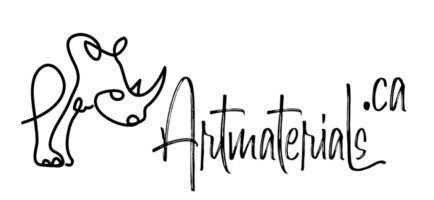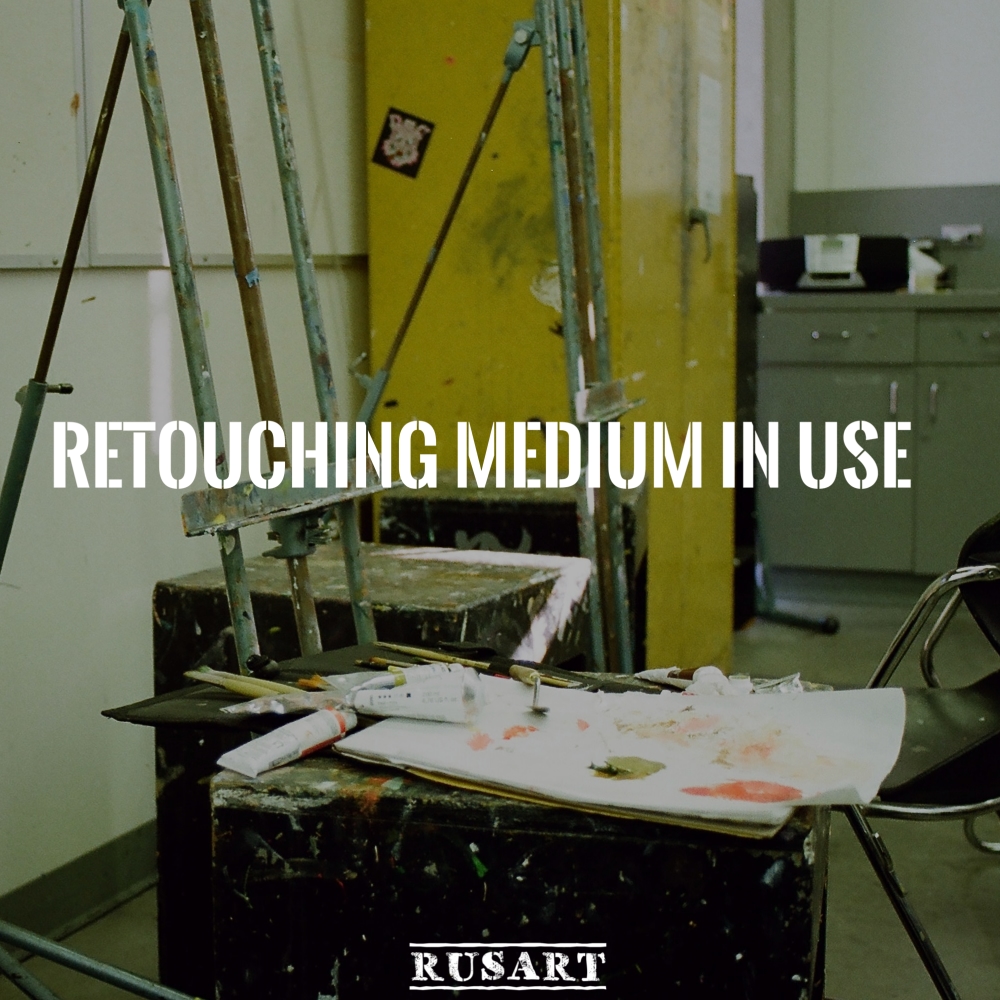What is a purpose of retouching medium for oil paintings?
Sometimes you need to have a break from your arts, but oil paintings do not like when you abandon them. After 2 weeks a layer may become completely dry and fully cured. That means a painting layer will not bind well and eventually will peel off or show scratches after mechanical (physical) contact. To prevent this apply retouching mediums between the layers.
What is it made of?
Retouching medium may have different ingredients, and may be toxic or non-toxic. Usually, it has the following key components:
- Oil. Normally, linseed or walnut oil
- Gums and resins based on tree saps. Normally, dammar and/or turpentine gums.
- Spreading and dissolving agents. Gums have to be turned into water-free liquid form. Natural resins and gums can be “liquified” by heating in oil or dissolving in solvents, such as turpentine.
To make our RUSART Naturals Retouching Oil Medium we melt dammar resin and turpentine gum in linseed oil at certain temperature for prolonged time. Then, we add essential oils to increase spreading properties and replace toxic solvents. Our medium has simple and natural ingredients:
- Polymerized linseed oil creates adhesion, brightens dull areas and prevents sinking.
- Turpentine gum improves adhesion and adds flexibility to layers.
- Damar resin increases durability of a film.
- Lavender and Rosemary essential oils increase spreading and replace toxic solvents.
How to use retouching medium?
Apply retouching medium with a wide medium-soft synthetic brush. Then, let it sit for at least 1-2 hours to be absorbed by dry layer and to create proper adhesion. After that, remove excess of the medium with a soft cloth (if needed) and paint as normal. You may need shorter or longer wait time, depending on techniques you used and time passed since you touched your work last time.
Retouching medium usually increases drying time of a new layer.



























